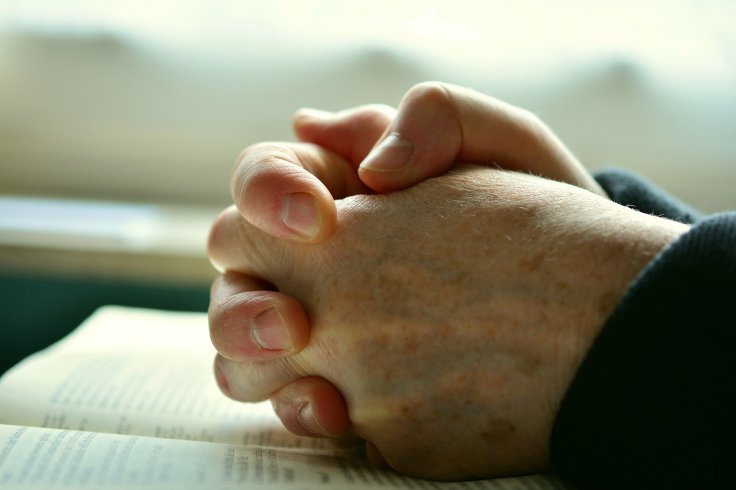Adults living with HIV were more likely to feel higher levels of emotional and physical well-being if they attended religious services regularly, prayed daily and self-identified as religious or spiritual, according to a new study.
By contrast, patients living with HIV who had the lowest levels of quality of life and more mental health challenges were privately religious, the research added.
"These findings are significant because they point to the untapped potential of encouraging patients living with HIV who are already religious to attend religious services regularly. People who identify as spiritual also benefit from improved overall health-related quality of life," said study researcher Maureen E Lyon from Children's National Hospital in the US.
Studied the degree of religiousness

Scientific evidence suggests that religions that present God as all-powerful, personal, responsive, loving, just and forgiving make a difference in health-related quality of life. "In general, patients living with HIV have reported that they wished their health care providers acknowledged their religious beliefs and spiritual struggles," Lyon added.
For the findings, published in the journal Psychology of Religion and Spirituality, the research team wanted to learn more about the degree of religiousness and spirituality reported by people living with HIV and the interplay between religion and health-related quality of life.
They recruited patients to participate in a clinical trial about family-centred advance care planning and enrolled 223 patient/family dyads in this study. 56 percent of the patients were male. 86 percent were African American, and their mean age was 50.8. 75 percent were Christian.
Three distinct classes
The researchers identified three distinct classes of religious beliefs: Class 1, the highest level of religiousness or spirituality, applied to people more likely to attend religious services in person each week, to pray daily, to "feel God's presence" and to self-identify as religious and spiritual.
According to the study, 35 percent of the participants were Class 1 and tended to be older than 40. Class 2 applied to privately religious people who engaged in religious activities at home, like praying and did not attend services regularly. 47 percent of study participants were Class 2.
Class 3 participants self-identified as spiritual but were not involved in organized religion. Nearly 18 percent of study participants were Class 3, the lowest overall level of spirituality. According to the researchers, Class 1 spirituality was associated with increased quality of life, mental health and improved health status.









